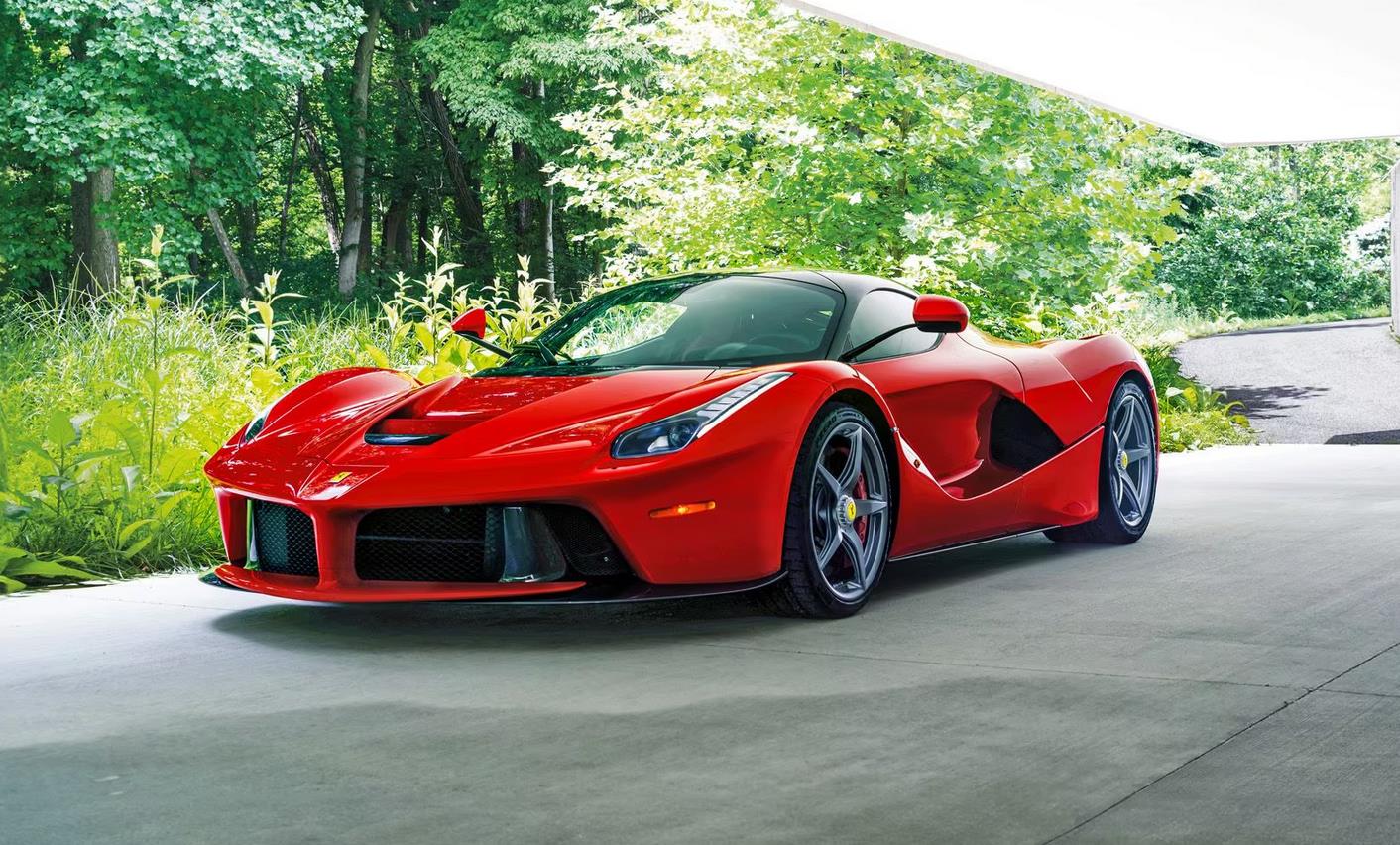Recently, Ferrari released its Q2 earnings report for this year, revealing a net revenue growth of 4.4% year-on-year, reaching €1.787 billion, although it slightly fell short of analyst expectations. The net profit increased by 3% year-on-year to €425 million, with diluted earnings per share at €2.38. The operating profit (EBIT) stood at €552 million, an 8.1% increase compared to last year, resulting in an EBIT margin of 30.9%. EBITDA rose by 5.9% year-on-year to €709 million, with an EBITDA margin of 39.7%. Total deliveries remained nearly flat compared to the same period last year, totaling 3,494 units. Ferrari expressed increased confidence in its full-year outlook following a recent trade agreement between the US and EU that reduced import tariffs on cars exported to the US, although the company did not raise its overall performance forecast for the year. After the earnings report was released, Ferrari's stock price on the Milan stock exchange dropped by as much as 6.9%, following two weeks of consecutive gains, with the stock showing overall flat performance for the year. Analysts from Jefferies noted that Ferrari's Q2 revenue was 'somewhat below expectations,' although profits slightly exceeded expectations. Prior to the earnings release, RBC analysts mentioned that if performance was strong, the company might revise its annual performance forecast upwards. Unlike competitors such as Porsche, which lowered their performance forecasts due to tariff policies from the Trump administration, Ferrari is likely to successfully avoid tariff impacts due to its legendary brand's premium pricing capability. Market analysis suggests that this Italian supercar manufacturer is expected to pass on additional costs to its affluent customer base. Ferrari also revealed that it expects industrial production costs to decrease in the second half of this year. Recently, the US and EU agreed to reduce the car tariffs on EU exports to the US to 15%. Although this rate is significantly lower than the previous 27.5%, it remains higher than the 2.5% rate that was in effect before the Trump administration's new tariff policy. Since all Ferrari vehicles are produced in Italy, the company cannot immediately offset the higher tariff costs by relocating production to the US, which is Ferrari's largest market, accounting for about a quarter of its deliveries. However, the company still has a large number of orders, with very few cancellations, demonstrating its pricing power in the high-end market. To maintain a high gross margin level of nearly 40%, Ferrari's CEO Benedetto Vigna faces a critical challenge: successfully passing on most of the added costs to US buyers without affecting the existing two-year-long customer waiting list. In March of this year, the company announced a price increase of up to 10% on certain models in the US to cope with tariff cost pressures.
Ferrari Reports Q2 Earnings with Revenue Growth, Maintains Annual Outlook

Share this post on: